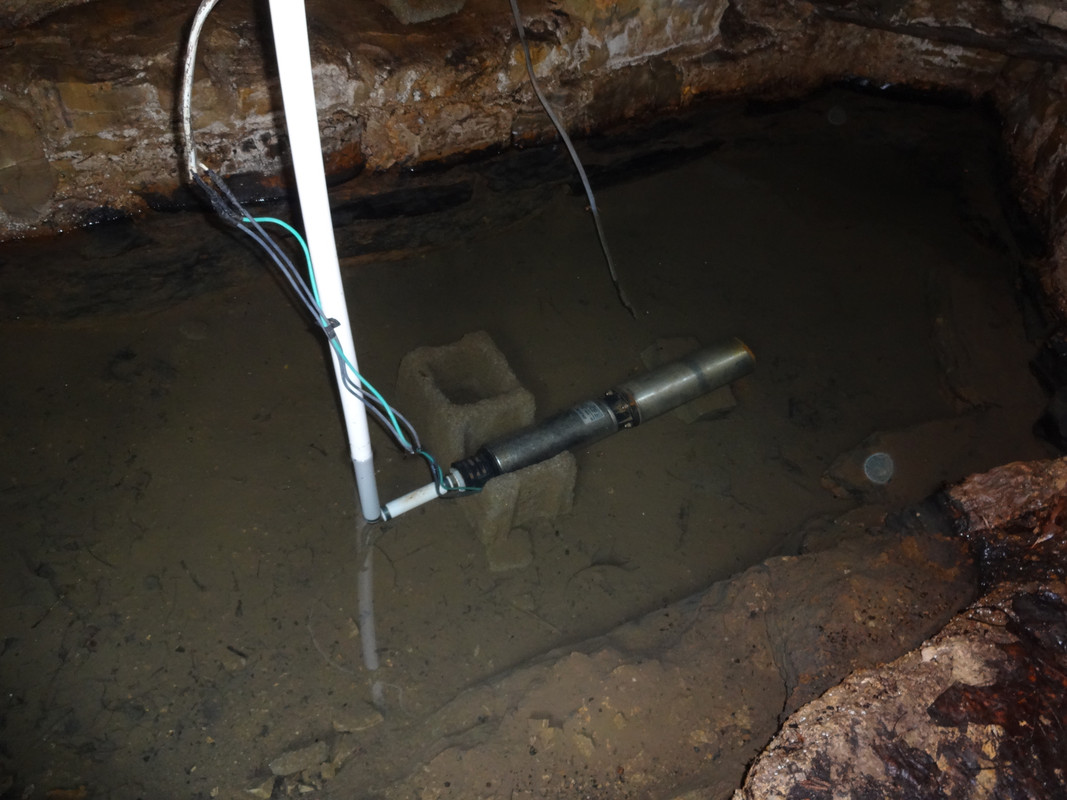In researching solutions for my residential spring-fed, submersible pump system (which I detailed here), I notice an almost universal recommendation to increase the water pressure. Having a current pressure range of 30-50psi, I certainly would be happy with 40-60psi (and even happier with the addition of a CSV). But I am reluctant to make the increase without fully understanding the implications.
I ask myself What reasons did the original owners (or later technicians) have for choosing 30-50? I cannot simply assume their choice was arbitrary (though it might have been). There is some evidence that the spring house has been in use for perhaps 100 years, so the characteristics of the spring would have been well understood by 1985, when my house was built and the current line was installed.
Thus, my first hypothesis is that the spring does not replenish itself fast enough to support higher pressures. I know that, by leaving an outdoor spigot wide open for some number of hours, it's possible to deplete the water level to the point where the pump is sucking air. The spring basin is only about 17 inches deep, and the pump is about 4 inches from the bottom (see photo). Could this be the reason for the current pressure settings?
Would increasing the pressure by 10psi make enough difference to risk running dry during above-average water use?
The only other reason I can think of for keeping the pressure down might have been to reduce the amount of water going into the septic tank. Again, would an extra 10psi make much of a difference?

I ask myself What reasons did the original owners (or later technicians) have for choosing 30-50? I cannot simply assume their choice was arbitrary (though it might have been). There is some evidence that the spring house has been in use for perhaps 100 years, so the characteristics of the spring would have been well understood by 1985, when my house was built and the current line was installed.
Thus, my first hypothesis is that the spring does not replenish itself fast enough to support higher pressures. I know that, by leaving an outdoor spigot wide open for some number of hours, it's possible to deplete the water level to the point where the pump is sucking air. The spring basin is only about 17 inches deep, and the pump is about 4 inches from the bottom (see photo). Could this be the reason for the current pressure settings?
Would increasing the pressure by 10psi make enough difference to risk running dry during above-average water use?
The only other reason I can think of for keeping the pressure down might have been to reduce the amount of water going into the septic tank. Again, would an extra 10psi make much of a difference?

